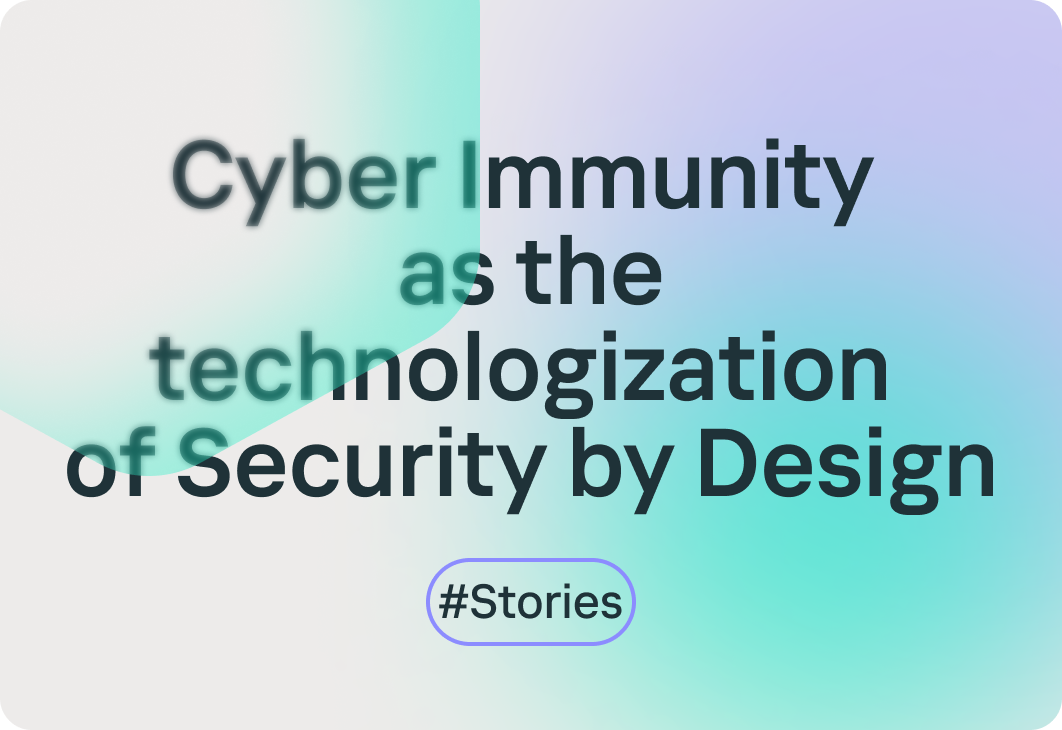
There’s a saying that the worst architect differs from the best bee in that the architect, before building a wax cell, has already built it first in his mind.
In other words, design is king.
People have been designing things as long as we’ve been around. To create something, first you have to imagine what you want the result to be. But it’s interesting that design only became technologized during the First Industrial Revolution in the mid-18th century.
By technologized, I mean that it ceased to be like an art form passed on from master to student, and grew into a separate profession. This led to an enormous leap in the level of complexity of created systems, as well as a reduction in the cost of creating these systems through standardization.
For example, in the 1840s, the first clipper was built (an innovative merchant ship). It was better than any other ships of that time in almost everything: the sail area was 50% larger, the materials were more durable, and it boasted unprecedented speed and maneuverability. By the 1850s, more than 100 clippers were being produced annually, largely thanks to standardized design.

A similar leap forward was taken across all industries at that time. Essentially, the technologization of design was one of the key innovations of the first industrial revolution.
Once I understood this, I realized: “Wow, that’s exactly what’s happening with Cyber Immunity.”
When we talk about Security by Design, we mean that security needs to be part of the initial system design. Sure, it’s the right idea, and today it’s being done quite often. The problem is that it’s very poorly technologized. In other words, there’s no readily available technology (methodology) for how to implement it in various industries. As a result, the level of security depends in large part on the competencies of developers. Just like design before the first industrial revolution.
But the Cyber Immune approach is exactly this technologization making it possible to create Secure by Design systems affordably by following a clear process, thus reducing development costs of secure systems and also their total cost of ownership (TCO). In this sense, just as the technologization of design became an innovation in creating systems, Cyber Immunity, or the technologization of Security by Design, is an innovation in ensuring their safety and security.

There’s a saying that the worst architect differs from the best bee in that the architect, before building a wax cell, has already built it first in his mind.
In other words, design is king.
People have been designing things as long as we’ve been around. To create something, first you have to imagine what you want the result to be. But it’s interesting that design only became technologized during the First Industrial Revolution in the mid-18th century.
By technologized, I mean that it ceased to be like an art form passed on from master to student, and grew into a separate profession. This led to an enormous leap in the level of complexity of created systems, as well as a reduction in the cost of creating these systems through standardization.
For example, in the 1840s, the first clipper was built (an innovative merchant ship). It was better than any other ships of that time in almost everything: the sail area was 50% larger, the materials were more durable, and it boasted unprecedented speed and maneuverability. By the 1850s, more than 100 clippers were being produced annually, largely thanks to standardized design.

A similar leap forward was taken across all industries at that time. Essentially, the technologization of design was one of the key innovations of the first industrial revolution.
Once I understood this, I realized: “Wow, that’s exactly what’s happening with Cyber Immunity.”
When we talk about Security by Design, we mean that security needs to be part of the initial system design. Sure, it’s the right idea, and today it’s being done quite often. The problem is that it’s very poorly technologized. In other words, there’s no readily available technology (methodology) for how to implement it in various industries. As a result, the level of security depends in large part on the competencies of developers. Just like design before the first industrial revolution.
But the Cyber Immune approach is exactly this technologization making it possible to create Secure by Design systems affordably by following a clear process, thus reducing development costs of secure systems and also their total cost of ownership (TCO). In this sense, just as the technologization of design became an innovation in creating systems, Cyber Immunity, or the technologization of Security by Design, is an innovation in ensuring their safety and security.